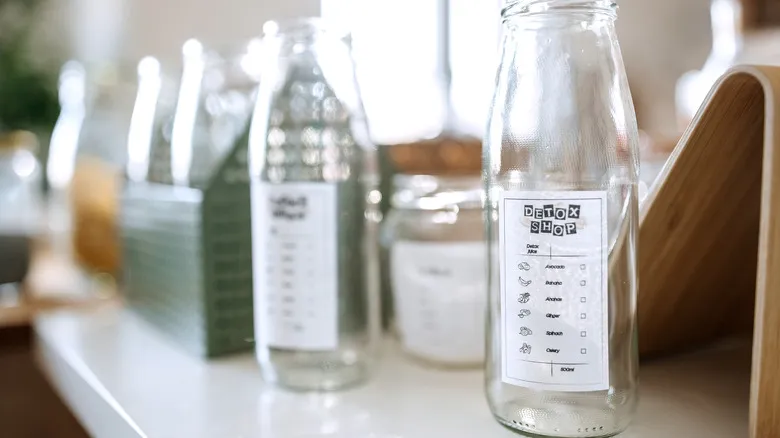How the baking soda works

Besides its role in baking cookies and cakes, baking soda is widely recognized as an effective household cleaner due to its abrasive properties, which excel at eliminating dirt. It can be utilized throughout the home, from scrubbing aluminum cookware to making coffee pots shine. With a high pH level, baking soda acts as a base that effectively breaks down grease and other sticky substances. Many people appreciate it for cleaning because it is powerful yet safe for use around humans.
The same characteristics that make baking soda a cleaning superstar also assist in removing stubborn labels or residue. Firstly, its abrasive nature and rough texture can help scrape off labels. Secondly, its basic properties enable it to dissolve sticky remnants. Additionally, since it is food-safe, you can clean your glassware without worrying about leaving behind any harmful chemicals. Combining baking soda with heat is also highly effective; when added to hot water, baking soda releases carbon dioxide, and the resulting bubbles can aid in loosening labels from your glassware.
How to remove labels with baking soda

There are two distinct methods using baking soda to remove labels from glassware. Regardless of the technique you choose, begin by peeling off as much of the label as possible. For the first method, create a paste by mixing equal parts baking soda with water or oil. Apply this paste to the label and allow it to sit for 5 to 15 minutes. Afterward, you should be able to wipe away the paste along with the label. Keep in mind that results may vary; you might need to reapply the mixture or let it sit longer, depending on the label's stubbornness.
The second method utilizes heat to help detach the label. For this approach, place your glassware in a pot of water over medium-high heat and add some baking soda. Allow the water to simmer, and the label should gradually loosen and come off. Even without the baking soda, the hot water will assist in breaking down the adhesive. If the label proves difficult to remove or if you're in a hurry, you can carefully use tongs to peel it away. Once the glassware has cooled enough to handle, rub a bit of baking soda on any leftover residue to eliminate it. This way, you'll end up with clean glassware and a bit more time (and less frustration) than if you had scrubbed without the aid of baking soda.
Recommended
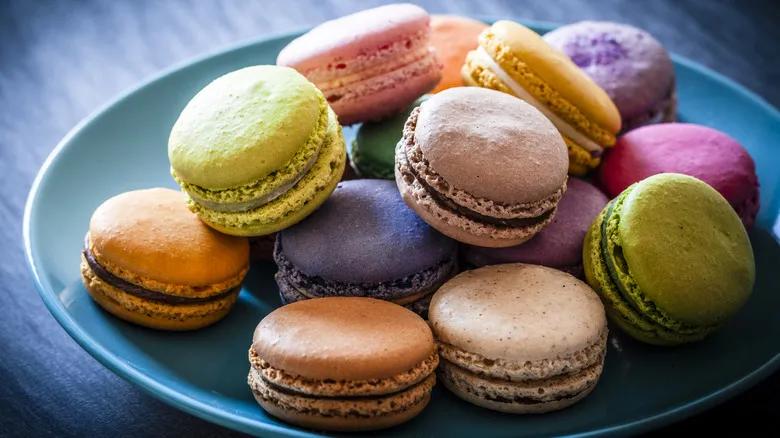
Gel Vs Liquid Food Coloring: Which Is Best For Your Cookies?
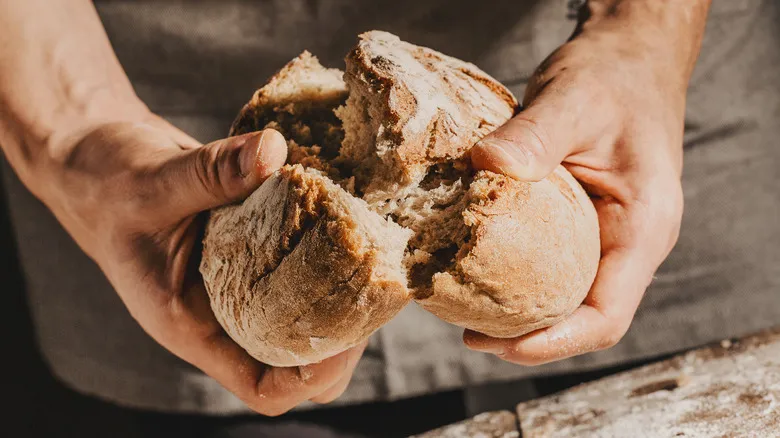
Why Bread Gets Stale And How To Make It Soft Again
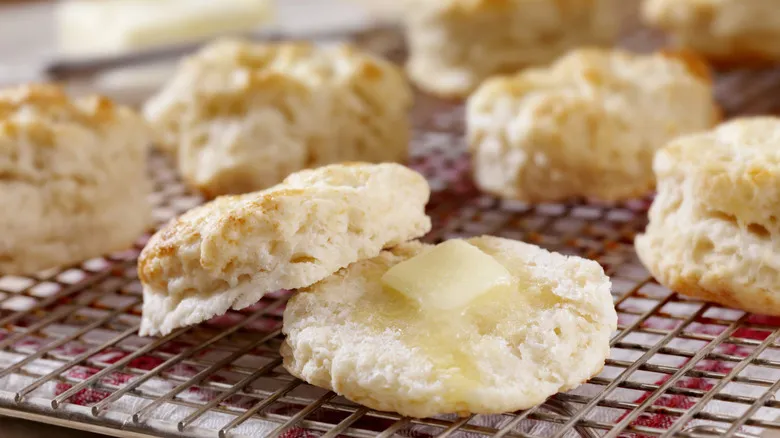
Room Temperature Vs. Cold Butter: Which Is Better For Biscuits?
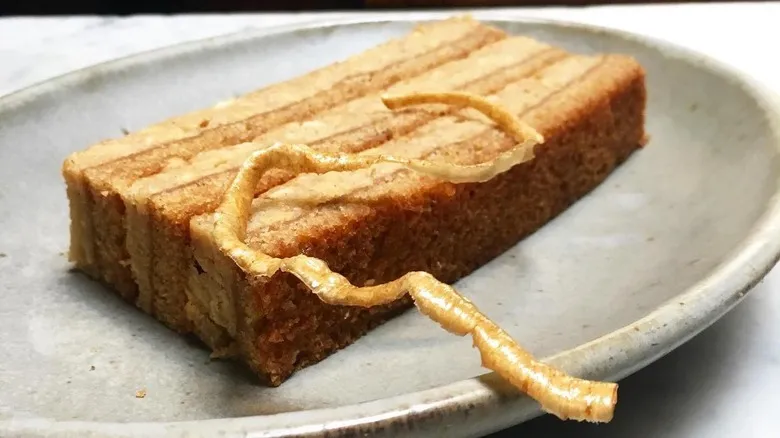
The Underrated Vegetable That Belongs In Your Cakes
Next up

